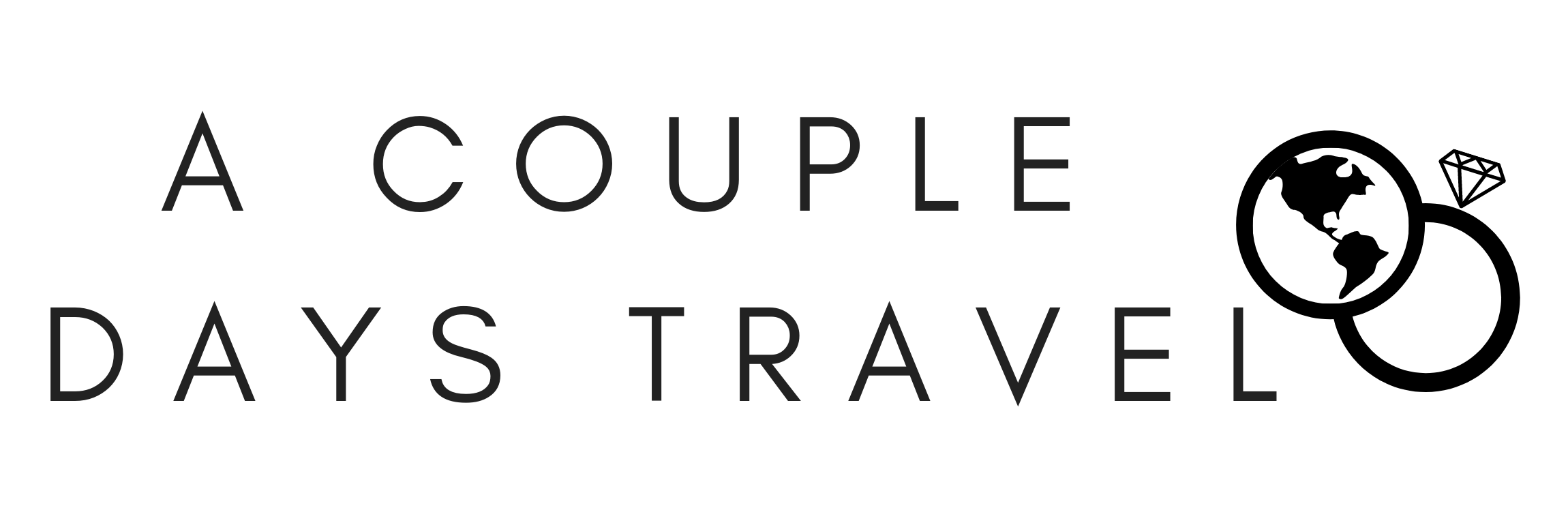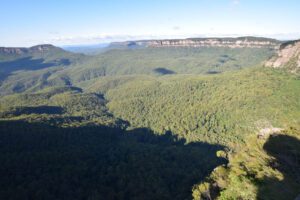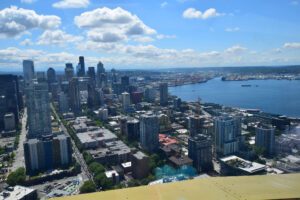Lassen Volcanic National Park is best described as a National Park sampler platter. And who doesn’t love sampler platters? Lassen National Park is filled with active volcanoes (like Hawaii), mountains (think Tetons), alpine lakes (like Glacier), bubbling mudpots (remember Yellowstone) and beautiful waterfalls (like Yosemite). And yet with all of these amazing natural features, it still is the least visited National Park in California.
Stuff In This Post
ToggleAbout Lassen Volcanic National Park
Lassen Volcanic National Park is one of the few places in the world where you can see all four types of volcanoes in one area – a plug dome, shield, cinder cone and stratovolcano (admittedly we still cannot differentiate these volcanoes but the welcome film said so). While Lassen hasn’t erupted since 1915, it’s last eruption was well recorded making for some great interpretive trails in the park explaining the science of volcanoes and their impact.
Lassen receives about 500,000 visitors each year, making it one of the less popular National Parks and the least popular National Park in California. This lack of visitors, mixed with the over 100,000 acres of land makes Lassen a great place to visit for a true escape to nature.
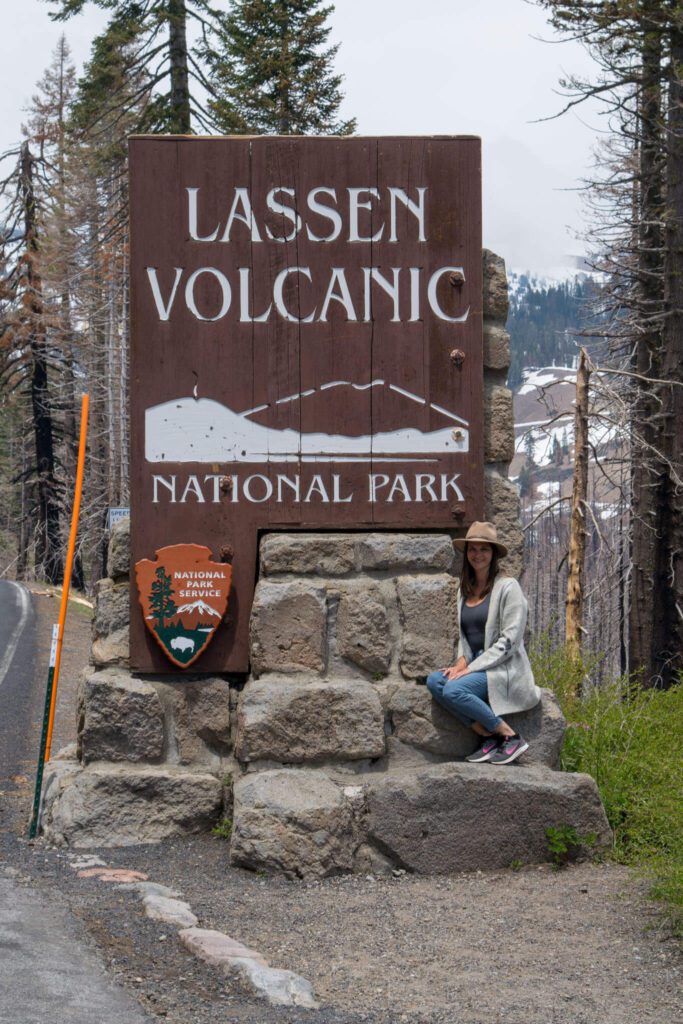
Should You Visit Lassen?
Admittedly, this ranks pretty low in our list of National Parks. While this park has a lot of different natural features, none of them are the best of the best. For every feature we saw, we could think of one in a different National Park that was better (which may be why we didn’t take nearly enough pictures to populate this article). So as a destination, Lassen Volcanic Park falls short of expectations.
However, as a relaxing natural escape or road trip from San Francisco, this park is beautiful and quiet. So we think it would make a great camping destination for those looking to escape the city.
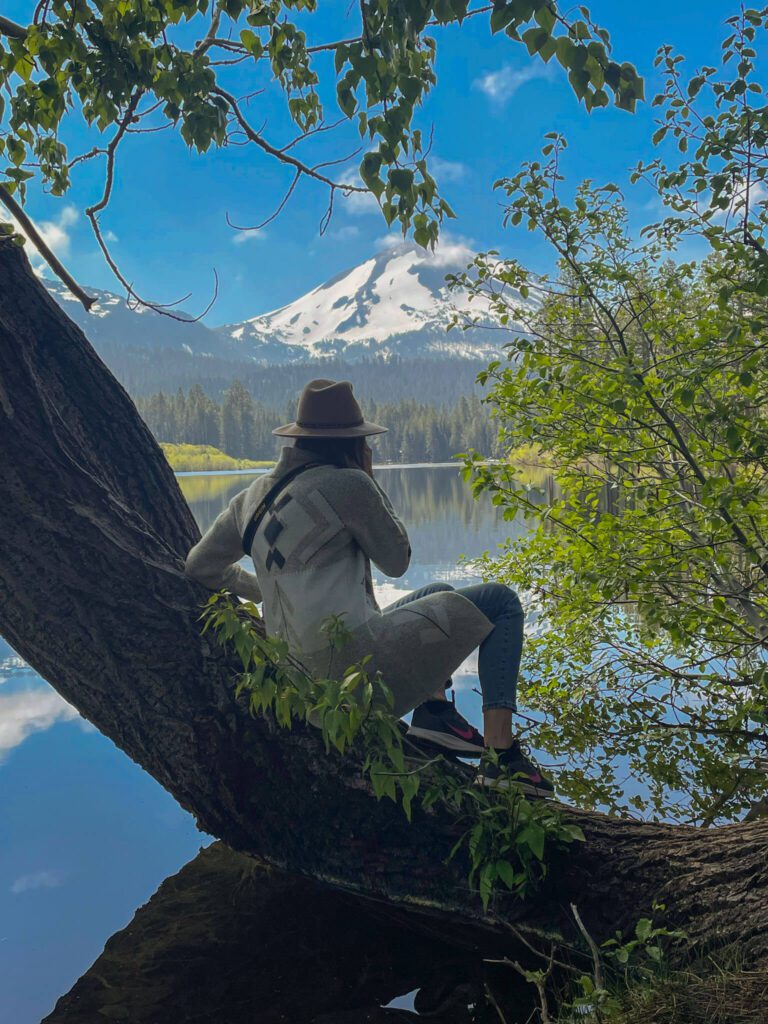
When to Visit Lassen National Park?
The only time to visit the entirety of Lassen National Park (via car) is July-September. The rest of the year, there are road closures throughout the park due to the mountainous snow. You can access the park year round, but you’ll need to access it on foot, with the aid of things like snowshoes, skis, and snowboards. And that just sounds like a lot of work to us. So we’re focusing on a summer visit in this post.
How Long Should You Spend In Lassen Volcanic National Park?
You can see most of the sights along the main park road in one day. This includes a few smaller hikes. If you would like to explore any of the other three sections of the park, plan to dedicate a full day to each section: Warner Valley, Juniper Lake, and Butte Lake. These smaller sections are primarily filled with hiking based activities and sights.
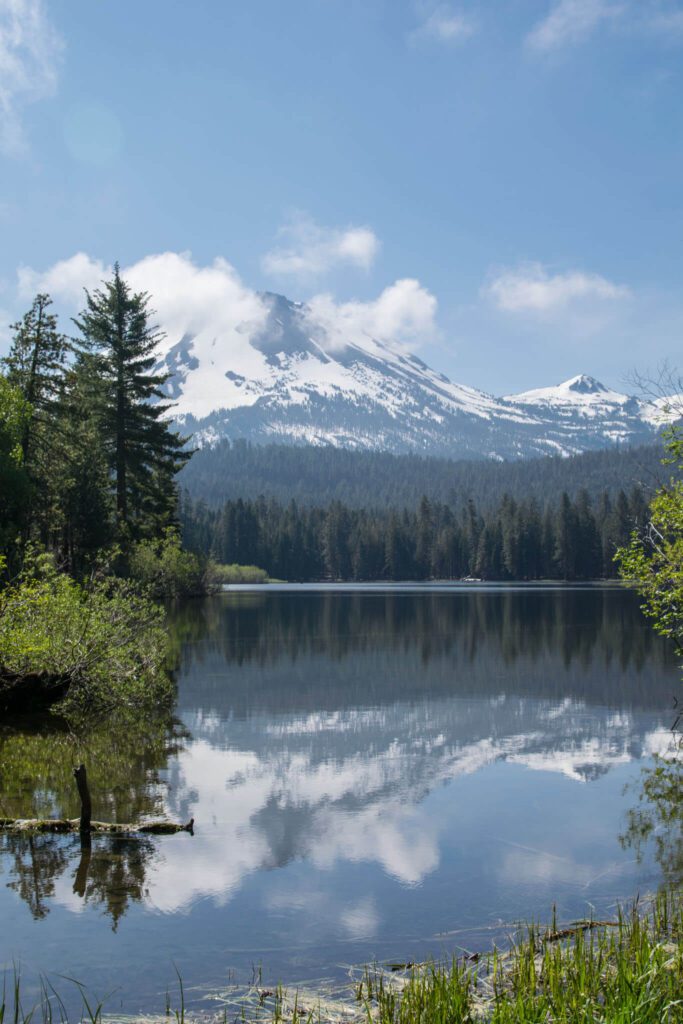
Getting There and Around
You will need a vehicle to get around Lassen Volcanic National Park. The roads are well paved so a car is fine. However, you do need a vehicle as the attractions in Lassen are spread out and there is no public transit in the park.
Lassen Volcanic National Park is four hours from San Fransisco/Oakland, and three hours from Reno and Sacramento. All of these airports are large and have frequent flights. San Fransisco will probably be the best option for a cheap flight if you are looking for a deal. Redding also has a small airport and is only one hour from the park. However, these will likely be the most expensive flights.

One Day Lassen National Park Itinerary
This Lassen National Park itinerary does assume you’ll start very close to the park as it takes a full day. So if you are coming from San Francisco or farther afield, you’ll want do your driving the day before.
Throughout the course of this one day Lassen National Park itinerary, you’ll be driving along the Lassen Volcanic National Park Highway, which is a national scenic highway. This itinerary takes you from the north end to the south end of the park. We wanted to go in that direction so that we could be at Manzanita Lake in the morning, but you can always flip it (and most of the internet does recommend flipping it but we can’t figure out why…). This road takes approximately 1 hour to drive without stops.
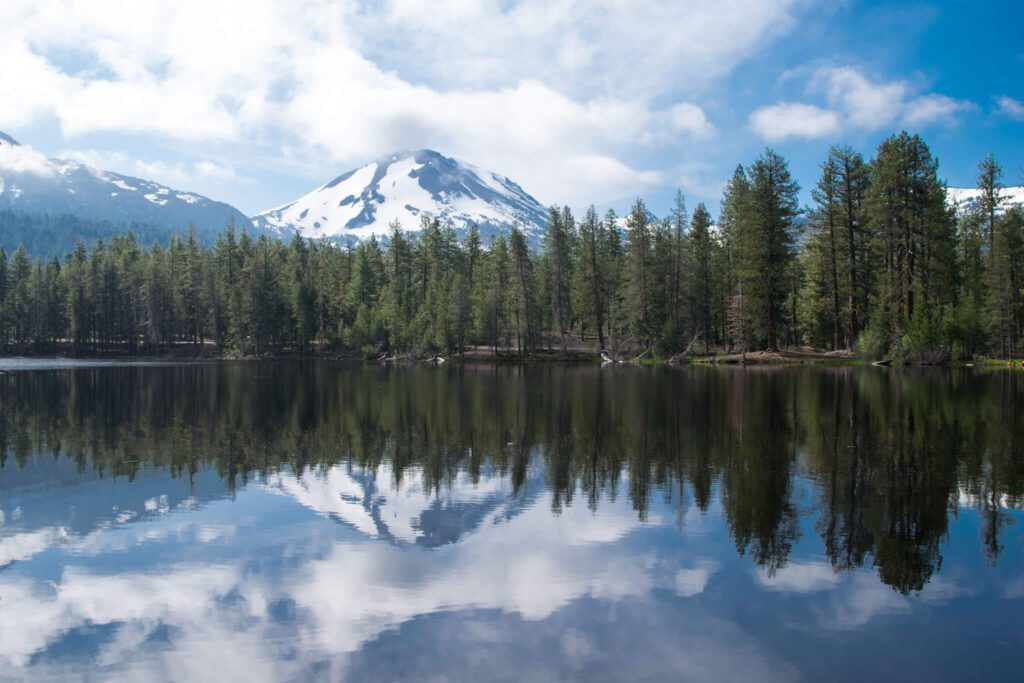
Morning – North Park
First, stop at Manzanita and Reflection Lakes first thing in the morning. These are great stops for the early morning because you are more likely to have a still lake in which to take these beautiful reflection photos that the lakes are famous for. There are two short loops (2.3 miles total) around these two lakes for you to enjoy the scenery from. This stop take about 1 hour.
Next, drive to the Devastated Area, enjoy the sighs of the Chaos Crags as you go.
At the Devastated Area, take the short and easy trail (.5 mile) into the rock field from the last volcanic explosion. Here, you’ll see giant rocks that blew off the top of the volcano. While the history here was neat, this was kinda a boring stop if your short on time, you can skip it. This stop takes about 15 minutes.
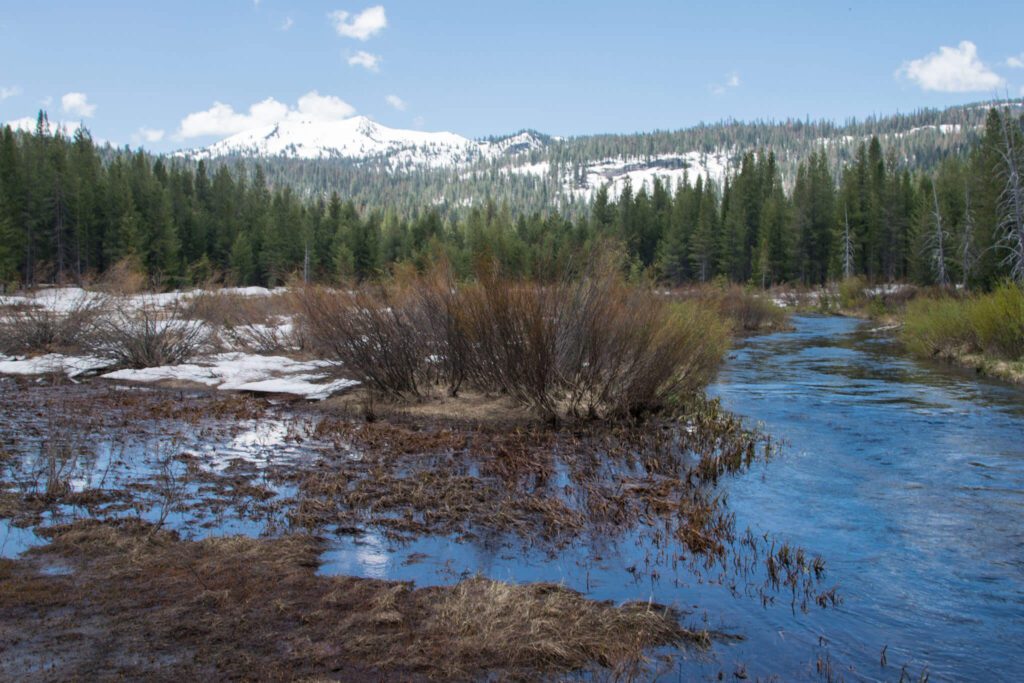
Next, stop at the Hat Creek Trailhead. While this trail is for longer hikes, stopping here to see the creek is a great idea for the views.
Continue on to the higher elevations. Stop at Summit Lake to enjoy the view. This also is a great stop for a picnic lunch. There is no food in the park, except at the Kohm Yah-mah-nee Visitor Center (and it’s picnic type stuff there too). So make sure to pack your lunch and snacks when you enter the park.
Afternoon – South Park
Continue on to the King’s Creek Trailhead to hike to Kings Creek Falls. This 2.3 mile lollipop trail has moderate elevation gain and takes about 1.5 hours. From the lookout, you’ll see the 30-foot waterfall. On this hike, you’ll probably also see some beautiful alpine wildflowers blooming in the meadows if you’re here in early summer.

Next, stop at the Bumpass Trailhead. From this stop, you can take in the sights of Lake Helen and Emerald Lake from the side of the road. Then, complete the Bumpass Hell boardwalk. This 2.6 miles trail is generally one of the last things to open in the park. Due to the fact that if you fall off the boardwalk, you’ll boil to death, you are not allowed to hike here until it is open after all snow and ice. This can sometimes be mid-August. You can find a list of the past dates it has opened on the park’s website. Unfortunately, this trail was closed when we were here but the park service tells us that it takes about 1.5 hours to hike this out and back trail through the geothermal field of mud pots and hot springs.
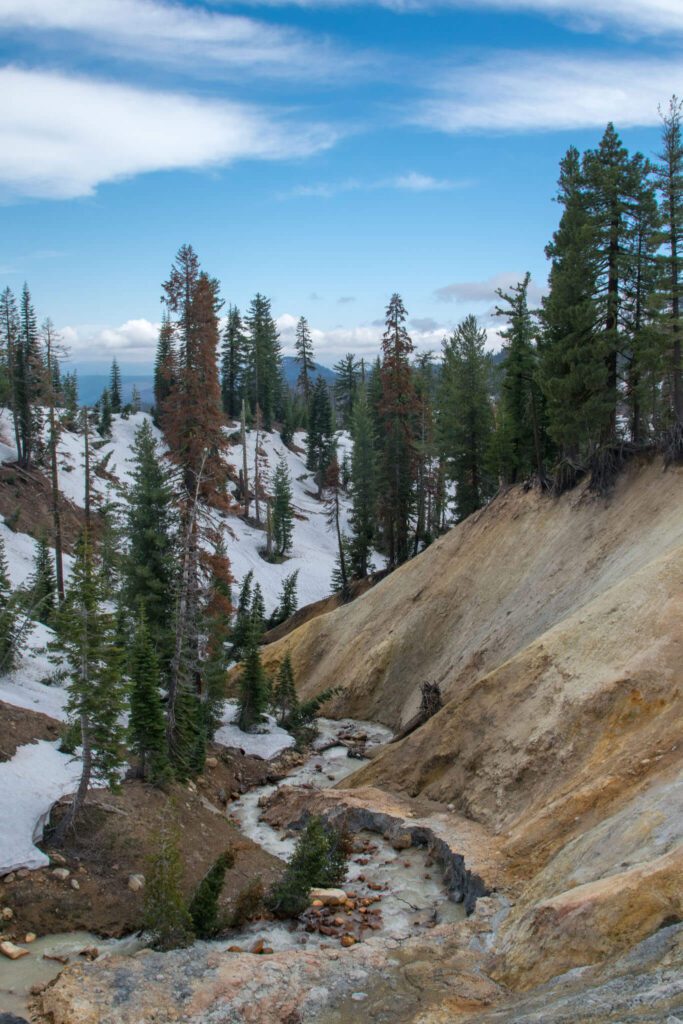
Lastly, make a quick stop at the Sulphur Works parking lot. From here, you can walk along the road to see the geothermal features, similar to those in Bumpass Hell (which is a great consolation prize if the boardwalk is closed like it was for us). Here you’ll see hot springs, mud pots and painted hills.
Note: Both the Sulphur Works and Bumpass Hell area are pungent. They smell like sulphur (aka farts). So while the area is beautiful and interesting, you may want to speed up your time in the stinky areas.
Head south out of the park towards you accommodations for the night.
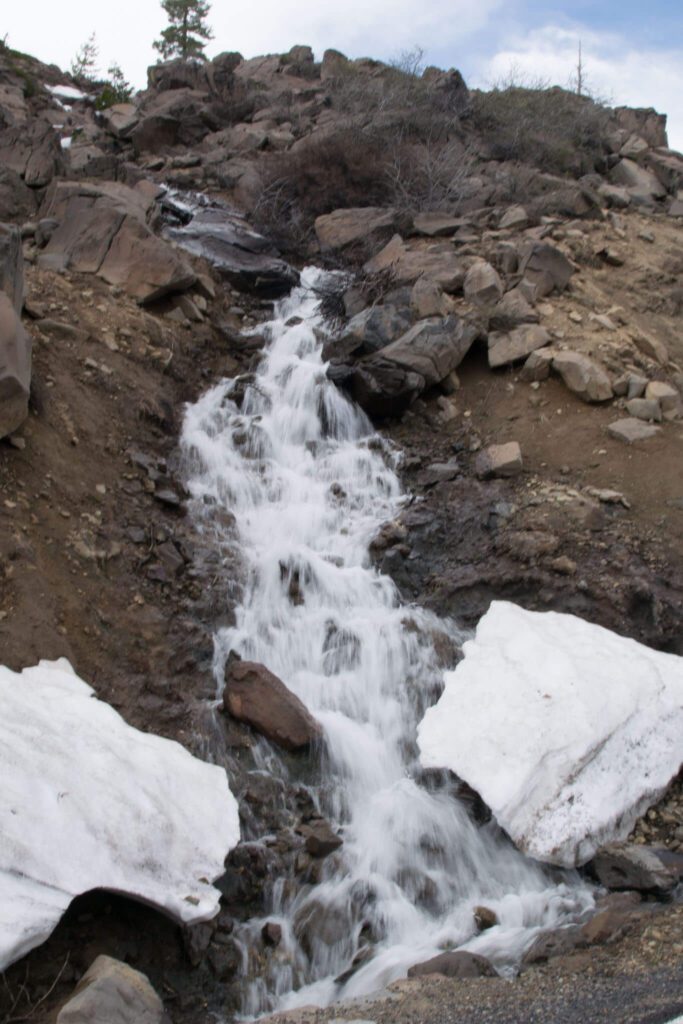
Want to Adjust the Itinerary?
Other Sections Of Lassen Volcanic National Park
If you have more than one day in Lassen National Park, you’ll have time to explore the Butte Lake, Warner Valley or Juniper Lake areas. You could probably even visit two of them in one day but keep in mind that the drive time between the Butte Lake area and the two southern areas is 2.5 hours. There isn’t much to do in any of these areas except hike and sightsee.
The Juniper Lake areas has a 5.9 mile loop around the lake. you could do some or all of this hike. There are longer hikes to some of the other alpine lakes if you want an even longer hike.
The Warner Valley area has several mid-length (3-5 mile) hikes that take you to different geothermal features including hot springs and a geyser.
The Butte Lake area has a 2.5 mile out-and-back hike along the lakeshore and a 1 mile out-and-back hike along the Fantastic Lava beds, with optional extra hiking to Snag Lake. We weren’t able to visit either of these areas (due to the road no being open) but we would have chosen the Butte Lake area as it has a wider variety of sights.
Other Adventures In The Area
If you have extra time another option is visiting the nearby waterfalls in the area. Burney Falls is amazing and McCloud Falls is really cool too. Both of these waterfalls are located between Mt Shasta and Lassen Volcanic National Park. You can visit them both in a half day prior to this itinerary or on a road trip along the Volcanic Legacy Scenic Parkway that connects the volcanic areas in Northern California.
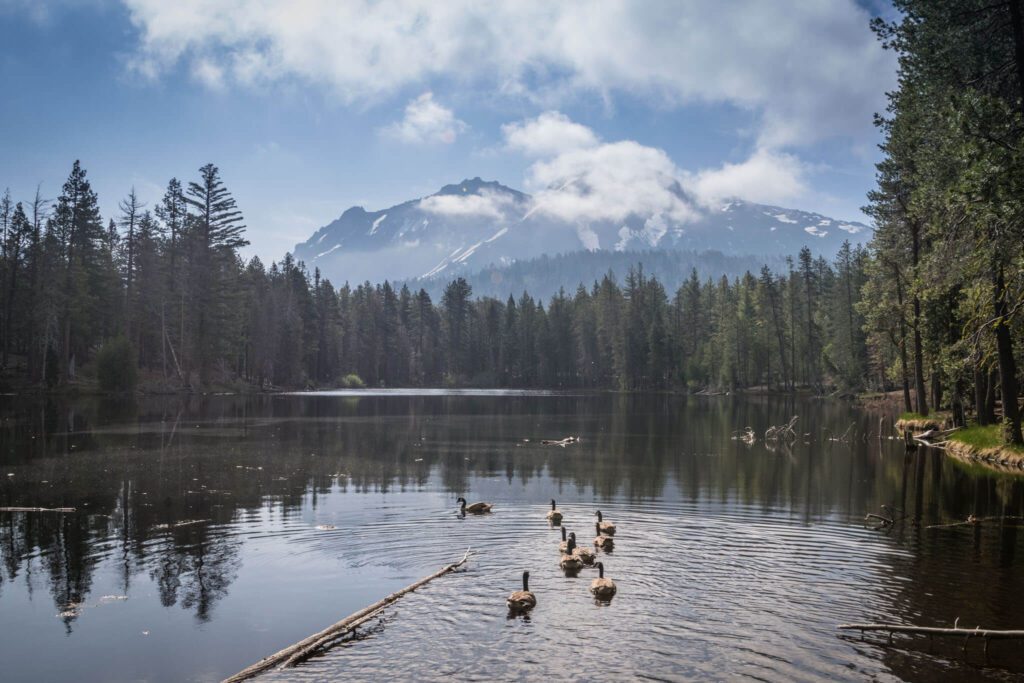
Where To Stay Near Lassen National Park
Staying inside the park is the most convenient location. However, there are only campgrounds in the park (with a few rustic and very full cabins/lodge rooms). The campgrounds are excellent in this park with well spaced and well shaded lots. The Manzanita Lake campground was beautiful and would be our recommendation. If you cannot get a campground reservation, there are a few state park close by.
If you’d like to stay in a hotel, Chester is going to be the best location for this. This town is small, but there are a lot of accommodations. However, during peak season, you will need to reserve months in advance. Redding has plenty of hotels. However, it is still an hour away. So if you avoid booking in Redding, we would suggest Chester and campgrounds as better locations.

What To Budget For Lassen National Park
You will need a National Park Pass to enter Lassen Volcanic National Park. Park passes are $30/vehicle. Consider purchasing an American the Beautiful Parks Pass if you plan on visiting three or more National Parks in one year. If you are on a California road trip and visiting other parks, like Yosemite or Sequoia, an America the Beautiful Pass is your best value pass.
If you plan on staying in the park at a campground, you’ll need to budget between $10-21/night. There are several state parks in the area as well. However, those campground are higher priced. So if you can get a campsite in the park, that will be your most cost effective option and will provide you with the greatest level of connivence.
If you plan on staying in a home rental, cabin or hotel, you’ll need to budget between $130-260/night. The closer to the park you stay, the more expensive the rates are likely to be. We stayed in Chester and paid $140 for a Bed and Breakfast.
You’ll want to plan on stopping at a grocery store to get food to eat on your visit to Lassen. Stopping in Redding will give you the widest variety of options and the most reasonable food prices. We spent $50 for meals for two days.
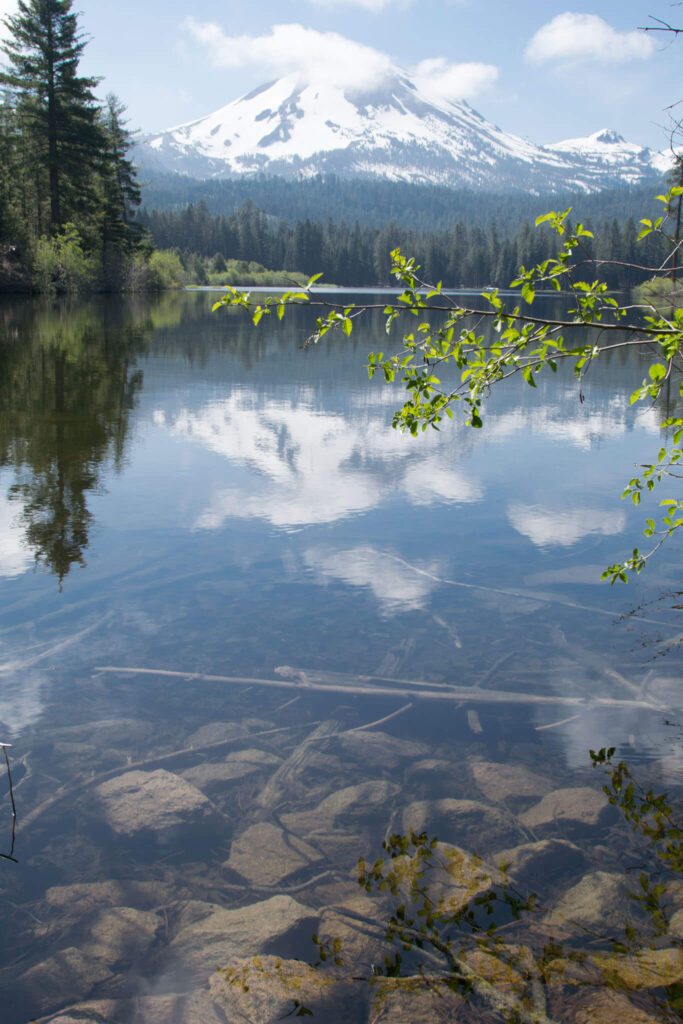
Safety
Cell service in the park is non-existent. So if you are driving, make sure to grab a paper map when you enter the park. If you are hiking, make sure to snap photos of the hiking route before you head out. And if you are backcountry hiking, make sure to pack a GPS (which I suppose you could also pack for the two previous scenarios too).
Water filling stations in the park are also more limited than we expected. So make sure to fill up often and keep those bottles full. You’ll also be at a higher elevation than most people are used to so make sure to stay well hydrated to help prevent altitude sickness and apply plenty of sunscreen.
Gas stations in the park are only available (for a steep price) at the Visitor Centers. So make sure to arrive with a full tank and plan to get gas shortly after exiting the park. Chester, Redding and Mt. Shasta all had reasonably priced gas.
What Not To Pack
Because we also want to keep the critters of Lassen Volcanic National Park safe, make sure to only take your dog on approved roads and always keep your dog on a leash. Because of endangered species in the park, dogs are not allowed on hiking trails (except service animals). It’s probably best to leave the pooch at home for this vacation. Also, I feel the need to write, don’t be an idiot and attempt to feed wild animals.
We hope this guide to Lassen Volcanic National Park has helped to give you a good idea of what to expect in the park and helped you to plan an amazing vacation. If you have any other questions or comments, please leave them below.
